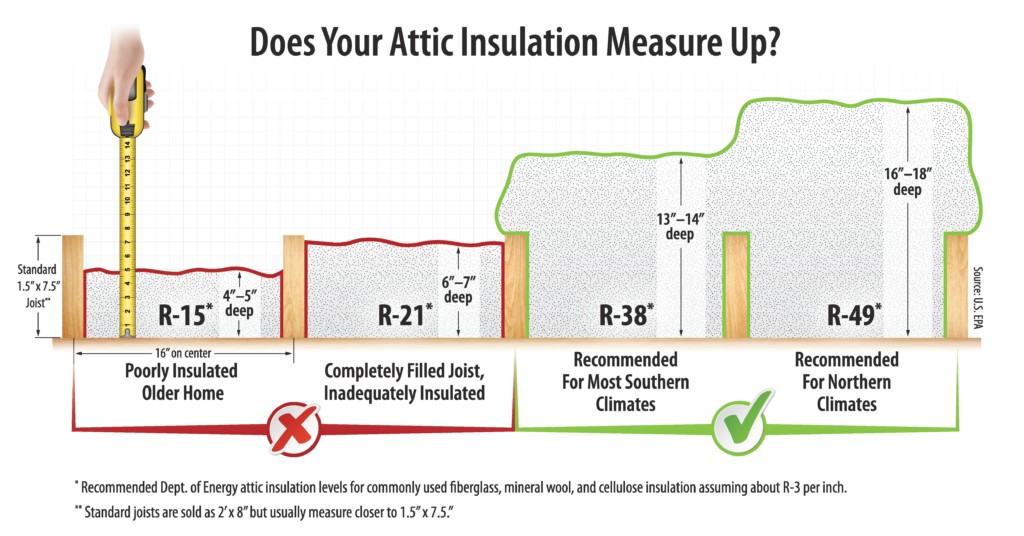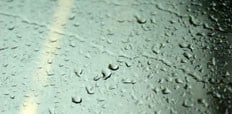Signs Your Attic Needs Decontamination
Recognizing the signs that your attic requires decontamination is essential for maintaining the overall health and safety of your home. One of the most common indicators is the presence of unusual odors, which may suggest mold or mildew growth. Additionally, if you notice stains on your ceiling or walls, these could be a sign of water damage originating from leaks in the attic, further emphasizing the need for immediate action.
Other symptoms to be aware of include increased pest activity, such as rodents or insects, which may seek shelter in your attic and create unsanitary conditions. Moreover, a sudden spike in energy bills can indicate poor insulation or ventilation in the attic, leading to heat loss and subsequent damage. Addressing these issues promptly can prevent more significant structural problems and health hazards, making decontamination a critical aspect of home maintenance.
Choosing the Right Decontamination Service
Selecting a reputable decontamination service for your attic is crucial to ensure the job is done effectively and safely. Look for professionals who specialize in attic decontamination and have a proven track record in handling insulation removal and mold remediation. Reviews and testimonials from previous clients can provide insight into the quality of service offered by the company, and it's advisable to request a thorough assessment before proceeding with the work.
It's also beneficial to choose a service that uses environmentally friendly cleaning products and methods. This ensures that your home environment remains safe for you and your family following the decontamination process. Lastly, confirming that the service provider is licensed and insured will give you peace of mind, knowing that you are working with qualified experts who adhere to industry standards.
Preventative Measures Post-Decontamination
After your attic has been decontaminated, implementing preventative measures is vital to maintain a clean and safe environment. Regular inspections should be conducted to check for signs of moisture, pest activity, and insulation integrity, allowing for early intervention if problems arise. Additionally, ensuring proper ventilation can significantly reduce humidity levels and prevent future mold growth, which is essential in maintaining a healthy attic space.
Installing a moisture barrier can also be highly effective in protecting your attic from water intrusion and related damages. Furthermore, consider upgrading your attic insulation to improve energy efficiency, as this will help regulate temperature and reduce the likelihood of condensation forming. By taking these precautionary steps, you can extend the lifespan of your attic and ensure it remains a safe and useful part of your home.

